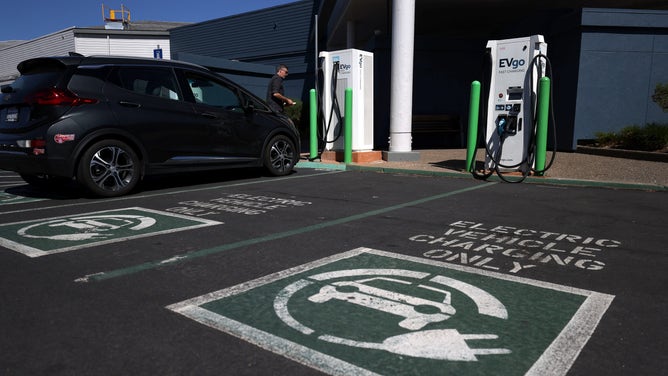7 things you need to know to keep your electric vehicle cruising through winter
Hybrids and electric vehicles (EVs) have specific cold-weather-care needs because they don’t have engines to warm batteries and the cabin
Winter cold can take a toll on the performance of a hybrid or electric vehicle. The cold slows chemical reactions in batteries creating less power output.
Here are 7 things you need to know to get your EV or hybrid through the chill.
Keep your eye on the range
A AAA study showed a 41% loss in the average range of an EV at 20 degrees. That means if your range says 180 miles, you will only get 107 miles on the charge.
Use seat heaters and steering wheel warmers instead of the cabin heat
The cabin heat and defroster are huge drains to your batteries, so you are trading comfort for miles. Turn on the seat heater or wear an extra layer to stay warm in the car.
Use the preconditioning mode while the car is plugged in
Most EVs have preconditioning which warms the batteries and the cabin while the car is still plugged in. This uses the plug charge without drawing on the batteries. On some cars, you can actually schedule preconditioning to come on automatically.
Setting the navigation system to a supercharging station will also turn on Tesla's preconditioning mode. Warm batteries charge faster. Tesla warns pre-heating batteries can take more than 45 minutes.
Look into after-market devices like grill insulators and battery heaters for older hybrid and EV models, according to cleanmpg.com.
Keep your car plugged in as much as possible
Even when you are not actively charging or warming the car, keep it plugged in. The charging system itself warms the battery. And, cold batteries discharge faster. Charging often, even partially, gives you more range.
Charge your car near your destination, while it's still warm
Driving warms the car battery and warm batteries charge faster, especially when using a supercharger.
Park in the sun during the day
Let the sun warm your cabin and batteries during the day instead of parking in a garage. Overnight, park in a garage to keep the car warm. According to Tesla, batteries below freezing (especially below 0) can’t fully access their energy.
Monitor levels every two weeks
This one is true for both EVs and conventional cars.
Keep an eye on your antifreeze level.
Monitor tire pressure when temperatures change because cold air is denser and tires may need inflating. Properly inflated tires always give you better mileage.
Check the air filter. It's picking up dust and particles from road salting and sanding.
Use windshield wiper fluid rated for cold temperatures, it has deicing agents. And, top it off regularly too, because the agents evaporate over time.
